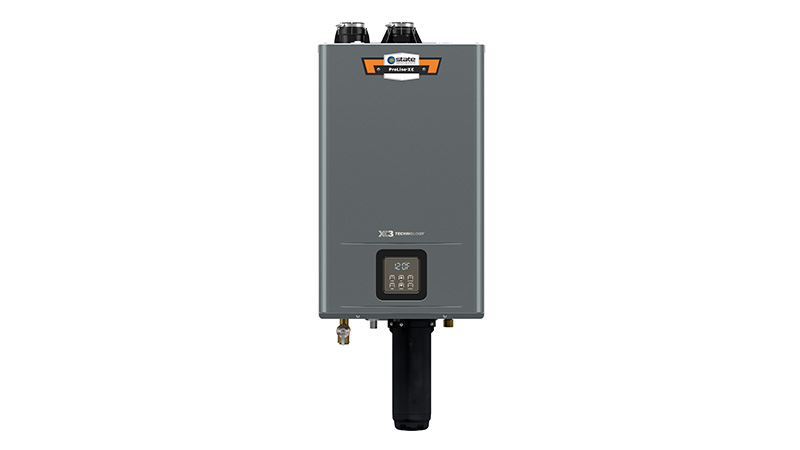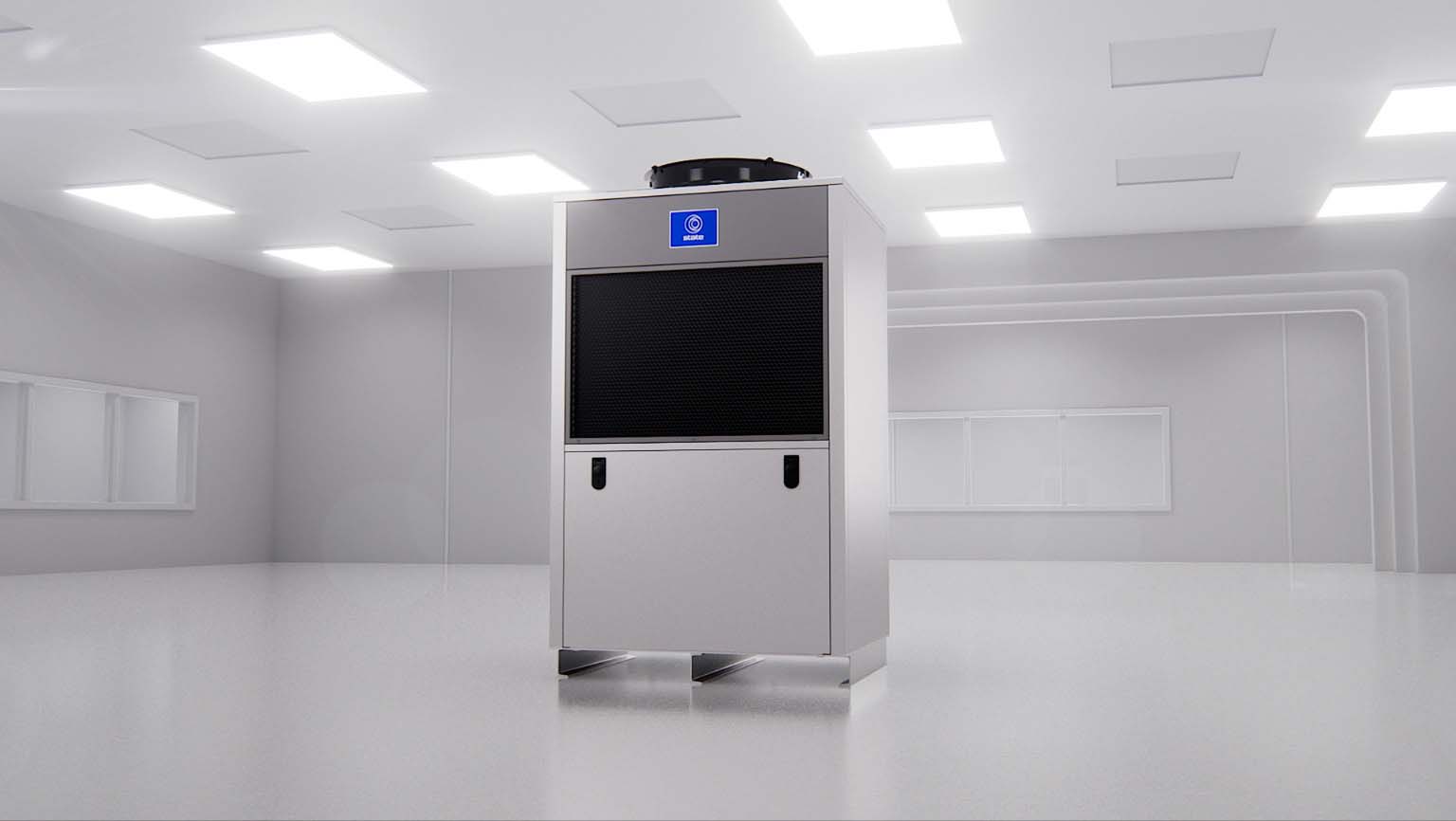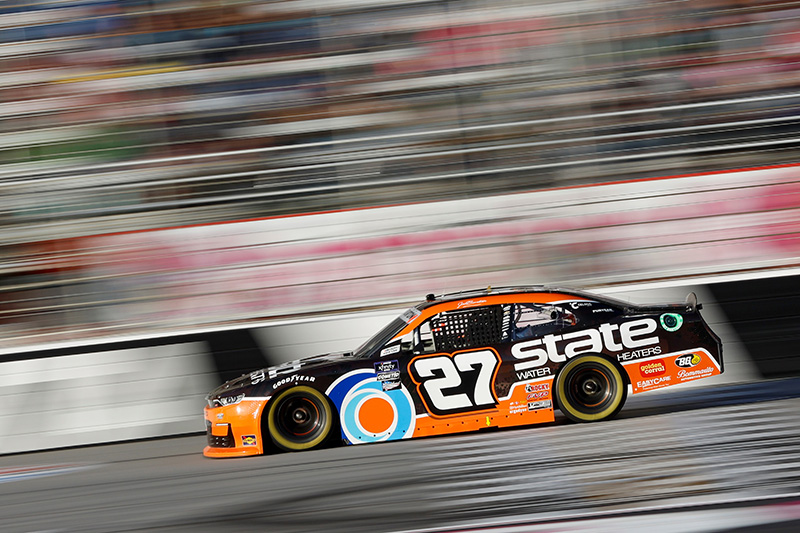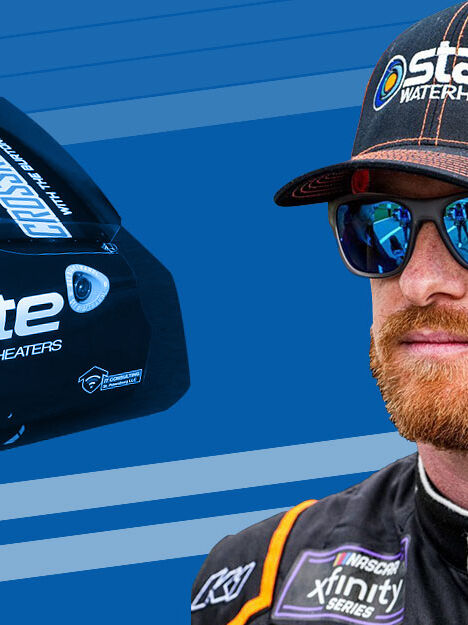
A Partnership Engineered for Victory
State Water Heaters is one of the world's leading manufacturers of residential and commercial water heaters. Browse our latest news, case studies and more.
A Partnership Built on Driving Performance
When it came to finding a partner to help State Water Heaters engage with the right customers across the nation, it only made sense to team up with the top racing teams around. The qualities it takes to be successful on the track—precise engineering, toughness, consistency and reliability—are the same values built into every State product.
Since 2006, NASCAR has been the perfect partner for us. Because like us, the drivers we sponsor are driven to be the best. Over the years, we’ve been honored to partner with drivers like racing legend Ward Burton and Sprint Cup champion Kurt Busch.
Follow @StateIndustries on X (formerly Twitter) and State Water Heaters on Facebook to watch the action unfold.
Winners’ Circle
Since 2006, State Water Heaters has partnered with NASCAR legends who are just as driven as we are to perform.
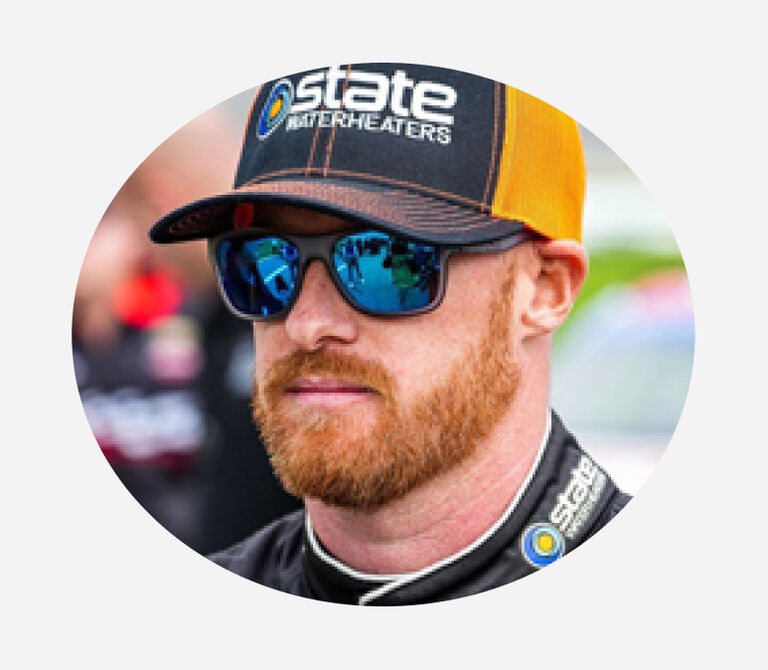
Present
Jeb Burton
Jordan Anderson Racing Bommarito Autosport

2014-2017
Kurt Busch
Stewart Haas Racing

2013
Ryan Newman
Stewart Haas Racing

2012
Ward and Jeb Burton
Mike Hillman Racing

2009
Jason Keller
Baker Curb Racing

2008
Scott Riggs
Haas CNC Racing

2007
Ward Burton
Morgan-McClure Motorsports

2006
Kevin Lepage
Peak Performance Racing, Front Row Motorsports, Beth Ann Morganthaeu
